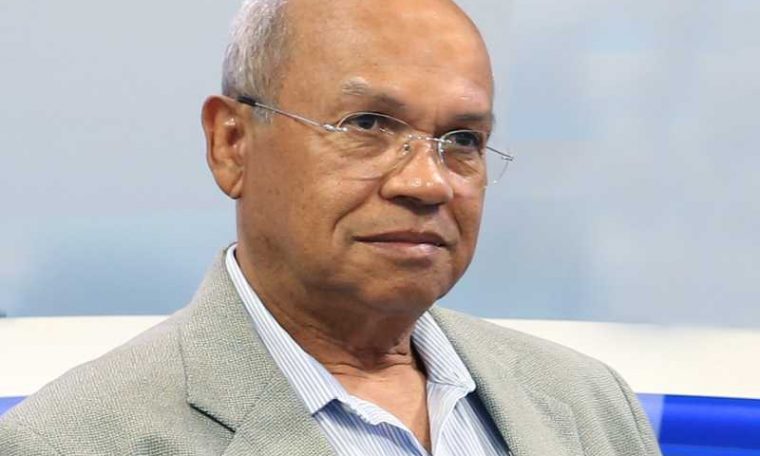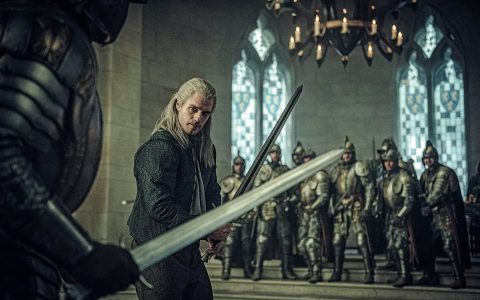
On January 5, 2021, colleagues Marcos and Moema presented me with a copy of a book called “Films B: Essays, Profiles and Reviews”, edited by Sandro Fortunato and released in 2020 by Edita Fortunella in Natal.
The work has a collection of sixty-two texts produced by twenty-three authors invited by the organizers: Nelson Marques, Gianfranco Marchi and Tatiana Lima. The cover of the book, credited to Pedro Baludino, is depicted with images of cinematographic characters present in the B films: Flash Gordon and Princess Aura; Black Lagoon Monster and Nancy Archer, 15-meter female.
To compose the collection, each guest was suggested to have at least two film titles and a director’s name to present their critical commentary and a biofilmographic commentary.
In alphabetical order, the names of the authors invited are: Bralio Tavares, Caroline Carvalho, Fabiano Mendes, Gianfranco Marchi, Henri Krutzen, Igor Noboa, Izza Regis, João Urbano, Josemi Costa, Lindro Luz, Lisbett Caradini, Manoel Fernandes Neto Matthews Andred, Nelson Marquis, Orivaldo p. Lopez Jr., Pablo Capistrano, Paulo George Dumaresque, Renaldo FL de Mello, Rogelia Oliveira, Apostle Castello, Tatiana Lima, Tiago Monteiro and Valerio Derade.
Before giving any consideration to the subject, it may be appropriate to explain to the reader what a B film is, as Nelson Markes did in his essay “The Importance of a Film B”.
In a purposeful way, the term Film B was used between the 1920s and 1930s to refer to Hollywood productions of short duration, low budgets, and strong commercial appeal, to cater to films in the “A” double season Was ready
In this context, films of Western, horror, adventure and science fiction genres were produced in small studios, with many directors, writers, actors and actresses later standing out: among them Anthony Mann, Francis Ford Koppa, Gordon Douglas, Jack Nicholson, Randolph Scott, Lee Van Cleef and John Wayne.
An example of John Wayne’s effective involvement in Type B Westerns can be seen in a collection of twenty films of this genre on 4 DVDs (John Wayne Western Collection), with which I was presented by fellow professor Edison Roberto. As this gift was purchased in the United States, all films are presented without dubbing and without Portuguese subtitles.
Although it originated in the United States, the production of B films was not limited to that country. In the mid-1950s, the Hammer film was made in England, a low-budget film production company known for its horror films that featured characters such as Dracula and Frankenstein, Boris Karloff, Christopher Lee And were played by actors such as Peter Cushing.
In Italy, starring actors such as Steve Reeves and Mark Forrest, who played muscular characters such as Hercules, Maciste, Samson, and Ursus, can be framed as B films. Similarly, those known as Western Spaghetti, or Western to Italian, can be classified as B films, with soundtracks and characters such as Django, Ringo, Sartana and Trinity standing out.
In Brazil, the main representative of the film B in the horror genre is the filmmaker Jose Mojica Marines, famous as Zee Kaik काo and Ivan Cardoso. Additional information was presented by Nelson Markes in the essay “O filmie Brasilero”, published in the book “Films B: Essays, Profiles and Critics” mentioned in the first paragraph of this article.



